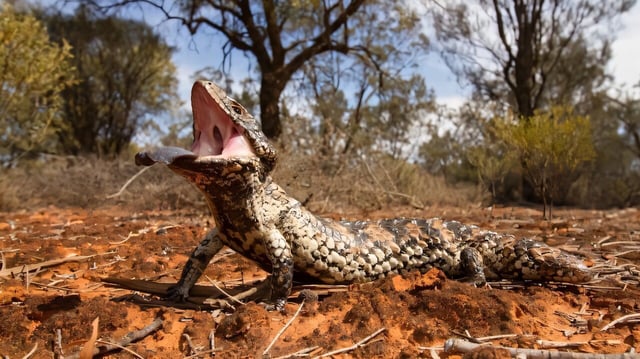Overview
- Researchers tested Tiliqua rugosus under controlled conditions and found escape responses to smoke but not to recordings of crackling fire.
- The behavior appears innate because mostly captive-bred lizards displayed tongue-flicking, pacing, and attempts to escape when exposed to smoke.
- The study was inspired by a zookeeper observation after a burnt lunch incident at a US zoo where only sleepy lizards reacted to drifting smoke.
- Authors from Macquarie University, Charles Darwin University, Charles Sturt University, and Van Hall Larenstein University reported the findings in Biology Letters (DOI: 10.1098/rsbl.2025.0364).
- Researchers stress the need to map which species detect fire cues as fire regimes shift, noting the current evidence is specific to sleepy lizards in experimental settings.
